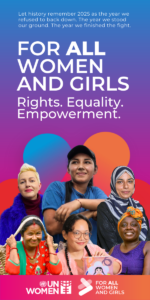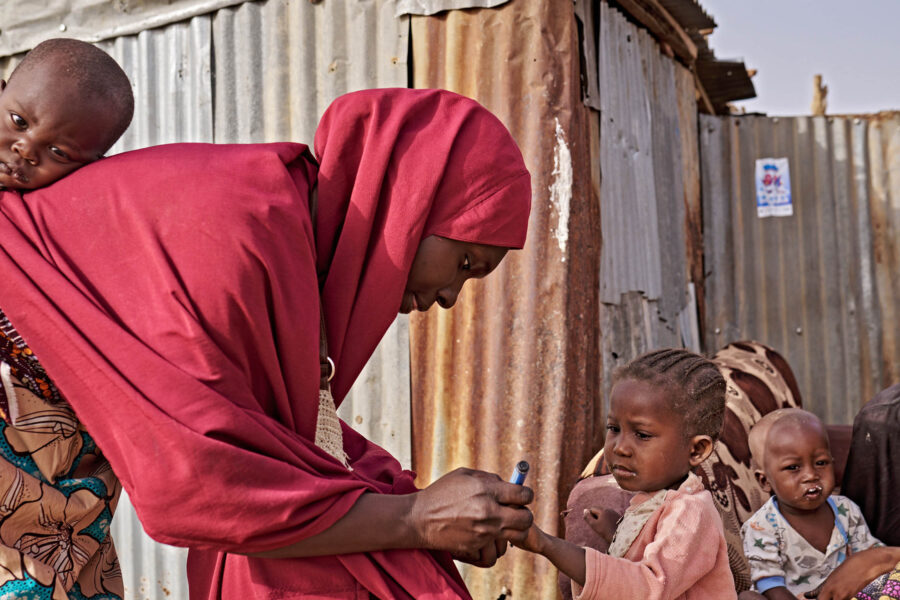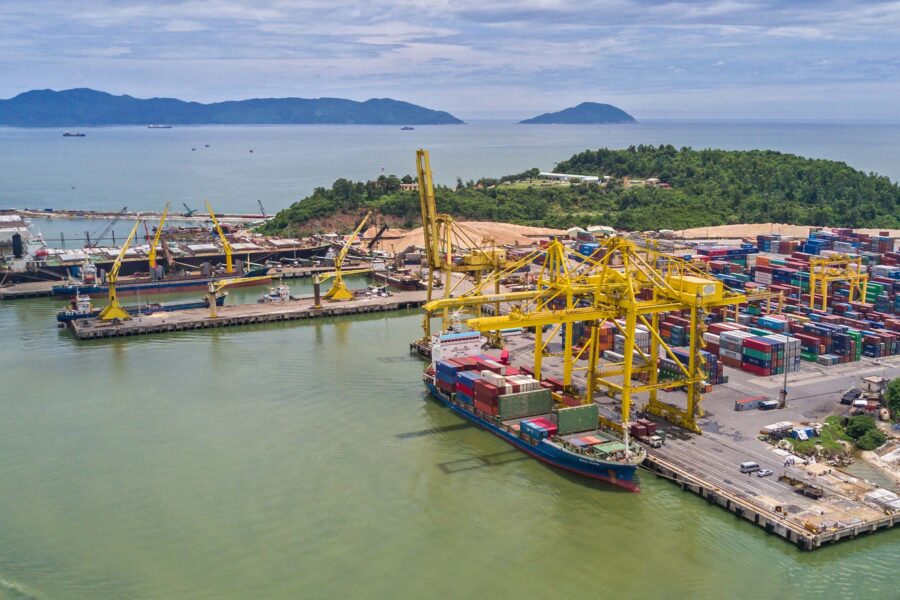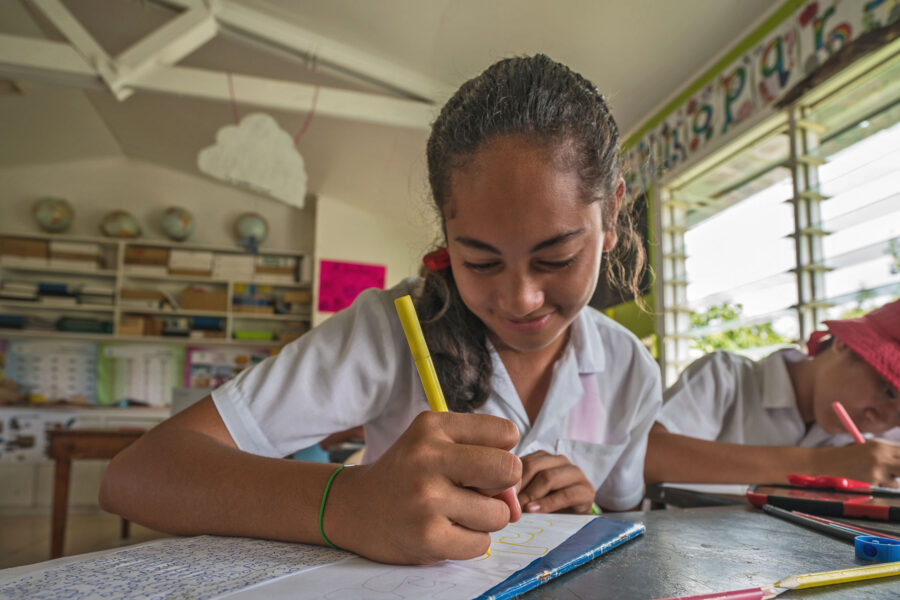A simplistic approach will undermine education’s potential to empower women
Education, a cornerstone of society, cannot achieve gender equality alone. It must be part of a broader, multifaceted effort to tackle all forms of inequality and injustice around the world
Gender — Global
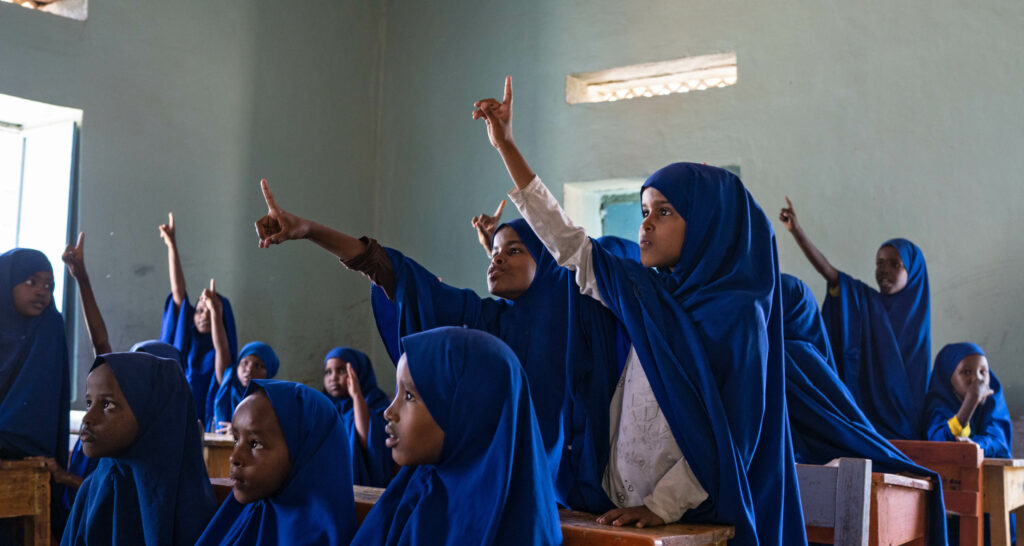
Since the adoption of the Universal Declaration of Human Rights in 1948, gender equality has been central to national and international policy texts concerned to establish and expand rights, and confront and overturn the prejudice that limits women’s opportunities and outcomes. Yet violence against women and girls, misogyny, and economic, political, cultural, and social forms of discrimination and exclusion remain widespread, despite expanding access to education at all levels across the world.
Is this a failure of education systems to fulfill what was promised, a conservatism of those who work in and on education? Or is it a hardwiring of gender and intersecting inequalities into societies that cannot be altered by the spread of formal schooling? Research on these themes points in many directions, including:
- poorly conceived and implemented policies and practices
- deep-seated and widening inequalities in income and wealth
- the weakening of the protective power of welfare states
Research also highlights gains for some, and possibilities for change. This is not a problem that defies solutions, and it still garners much support and agreement among differently placed actors.
However, there are some sharp divisions between perspectives on how this problem should be addressed. Four streams of policy, practice, and research have emerged in an overview study I have written. I explain these perspectives in turn below.
What works
The first perspective I call “what works.” This approach sees the expansion of girls’ education as a simple answer to just about everything. In the words of Boris Johnson, at the G7 Summit in 2021, girls’ education is “the universal cure… the Swiss Army knife, complete with Allen key and screwdriver and everything else that can solve virtually every problem that afflicts humanity.” Getting girls into school has been portrayed in many studies as a politically undemanding, good-value-for-money answer to overpopulation, climate change, poverty, harmful social norms, political instability, and refugee crises.
In interventions that promote this approach, enrolling girls in school, supporting participation, and ensuring minimum learning levels are the key tasks. Nothing else much has to change economically, politically, or socially because girls in school will themselves be the change. This approach pays scant attention to the ways that girls may be poorly positioned to take on political elites, marginalized, discriminated against, and not well supported to transform complex social relationships that generate inequalities and injustices.
The Millennium Development Goals (MDGs) Framework of 2000 to 2015 distilled this perception that “girls’ education works” into global policy. Staggered achievement dates were set for different MDG targets. The expanded access of girls to primary and secondary school, to be measured by gender parity in enrollment, was seen as the turnkey policy that would unlock all the other MDGs. The achievement date for this target was 2005, while other MDGs were to be attained by 2015.
The MDGs were not the only program drawing on “what works.” Large programmes, like the UK’s Girls’ Education Challenge, and the range of initiatives funded through Plan International and the specialist foundation Echidna Giving, were established. While their long-term aims of addressing gender and intersecting inequalities are yet to be evaluated, substantive tracking of such programs can be done through the Evidence for Gender and Education Resource database.
What matters
Against what works has been a perspective I call “what matters.” From this perspective, what is important is not the simple solution of girls’ education but bigger ideas like women’s empowerment, gender equality, feminism, rights, youth agency, decoloniality, and national or local perspectives. Girls’ education is part of what matters, but it does not have a distinctive role.
Some expression of perspectives on what matters is spread through the Sustainable Development Goals (SDGs) Framework. Gender equality appears in SDG 4 on education, which expresses a vision to “ensure inclusive and equitable quality education and promote lifelong learning opportunities for all.” This is a shift from the narrow focus on universal primary education in the MDG framework. The targets for SDG 4 comprise expanding opportunities across all phases of life. These targets broaden not only the scope of education but also the focus on enrolment and progression in earlier global frameworks to encompass outcomes in literacy, numeracy, and wider learning, including global citizenship, sustainability, and gender equality.
Women’s education is also noted in other SDG targets, including SDG 3 on good health and well-being, SDG 5 on gender equality and women’s empowerment, and SDG 8 on decent work. Education matters to all the SDGs, but how is not clearly dealt with. There is a sense that gender concerns, because they are everywhere, are too unevenly addressed – a point emphasised in the reports of Equal Measures.
What disorganizes
The third perspective I call “what disorganizes.” This approach intentionally or unintentionally divides groups or sectors from each other. It promotes a superficial, sometimes hypocritical, failure to appreciate the complexity and difficulty of forms of gender and intersecting inequalities, and the ways in which education may not always be simply good or right. From this perspective groups are divided – for example, those who advocate for girls’ education from those who advocate for women’s reproductive rights or building feminist economies, or building and sustaining feminist gender justice movements. Policymakers, practitioners, activists, and researchers speak past each other.
The key idea is to set up as a “zero sum” game with winners and losers, where one person’s answer to everything cancels out another’s. Projects that may take a perspective on what works for girls’ education avoid talking to those associated with the critique of “what matters,” avoiding difficult issues of gender equality or women’s rights. There is a persistent call of “what about poor boys?” – a question that is seen by some to delegitimize work on girls’ education. National priorities are set against global or local.
The most harmful forms of what disorganizes has been pronouncements on securing girls’ education used to justify war, mobilize racism and Islamophobia, or divert attention from the destructive activities of governments that simultaneously promote girls’ education while undermining the living standards, health, mental well-being, and political stability of their citizens, eroding the institutions that can protect against violence and misogyny.
What connects
In the face of the limitations of “what works,” the imprecision of “what matters,” and the harms, hypocrisy, and dishonesty of “what disorganizes,” I have proposed a fourth framework, which I have termed “what connects.” My reasons for this are that if something matters – like feminism, human rights, or gender justice – you want to make it work. Education is one part of that. If something works, like girls’ education, you want to know why, for whom and with what consequences.
Disorganization is demobilizing and always plays to the interests of the powerful, dividing changemakers senselessly. So “what connects” is about making hope practical:
- understanding where some of our interlocutors come from and why they act in the way they do
- what it is we can do to express support, which may entail some critique
- how we can reconfigure the space between us to make it more alert to nuance, difference, and reflection, and more responsive to the kinds of alliances that need to be built in support of feminism, rights, transforming the unjust structures and persistent ideas that shape intersecting inequalities around the world
An example of “what connects” is the Accountability for Gender Equality in Education (AGEE) project I co-ordinate. The project attempts to draw on participatory discussions at multiple levels to develop an innovative indicator framework for gender equality in education. Through this, it aims to support the SDG framework by connecting the “what matters” and the “what works” agendas. It aims to bring out the multifaceted nature of gender inequalities in and through education and the kind of coordinated, multisectoral, and interdisciplinary work that has to be done to confront and change them.
The framework includes indicators on resources, values, opportunities, education participation, knowledge understanding and skills, and outcomes. While indicators will not change the politics of policy or how it is enacted, having conversations about indicators:
- helps to build communities of practice
- puts down markers about injustices that need to be named, and constituencies that need to be included
- allows us to monitor better so that we are accountable to each other, enhancing participation, transparency, and a normative orientation in institutions
AGEE is one of several serious, detailed engagements with the problems of current policy with regard to girls’ education and gender inequality, the concerns of feminist movements, the gaps in our existing research base, and the adequacy or not of the theories we are drawing on. We know from the mobilization against climate change that talking can sometimes get in the way of action. But we cannot be sure we are taking the right action without critical discussion and reflection, and reviews of practice.
We need a broad-based coalition concerned about women’s rights and gender equality, and addressing global poverty and injustices associated with climate change. We need to build institutions that are concerned with addressing all forms of racism and misogyny, are democratic, and support human development. This is the basis that will sustain some of the processes to generate the answers we need.

